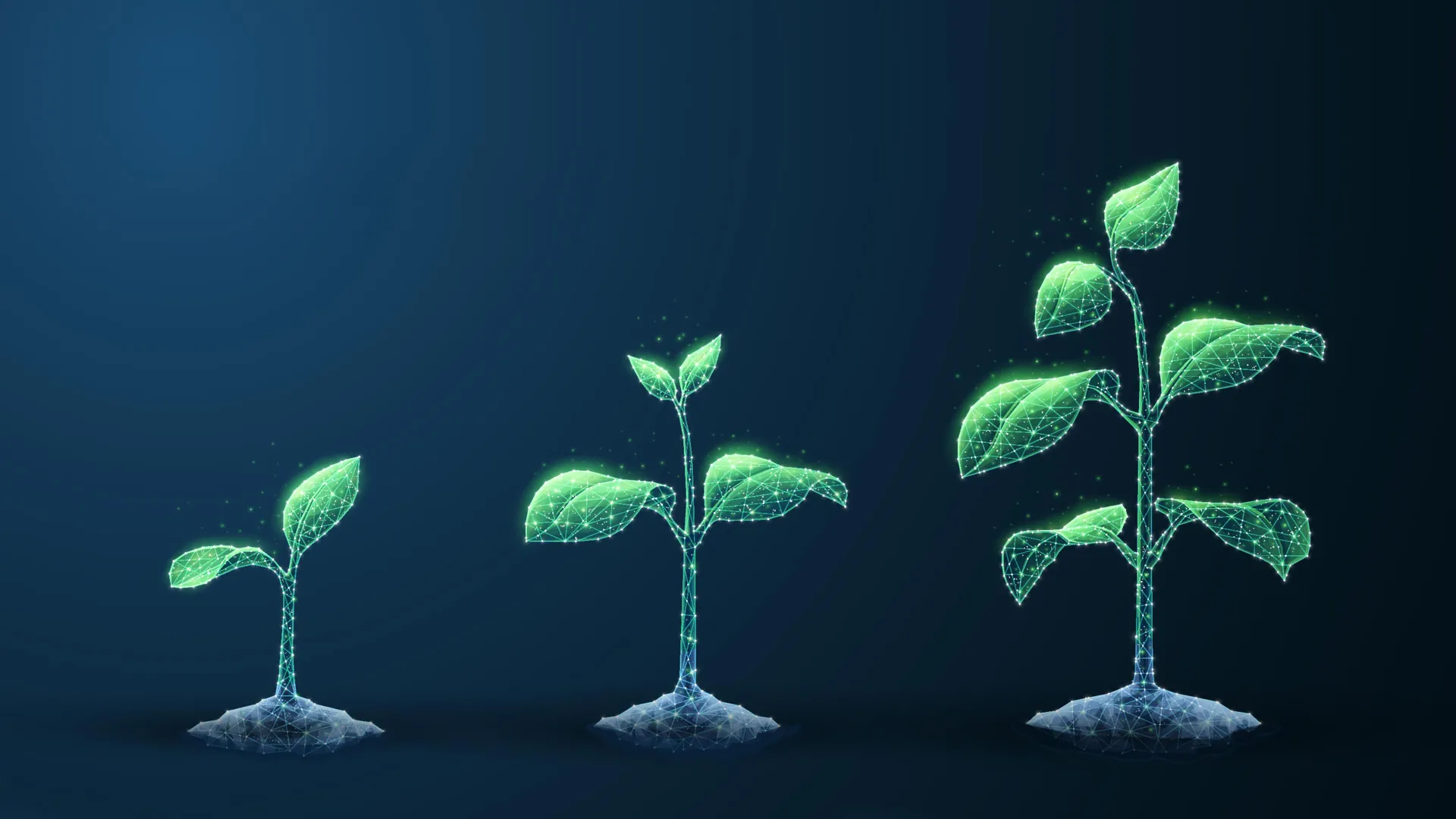Humans naturally produce only two sets of teeth in their lifetime, so tooth loss due to injury or disease is fairly common. Lost teeth are replaced, not restored, with dentures, fillings, or implants.
However, this could soon change.
Scientists from King’s College London have successfully grown a tooth under laboratory conditions, opening up the possibility for fully biological regeneration of teeth.
- Scientists at King’s College London have grown a tooth in the lab using a biomaterial scaffold that mimics natural tooth development.
- The tooth cells could be transplanted into the jaw, enabling fully biological tooth regeneration in the future.
- These innovations could eventually replace traditional dental treatments like dentures and implants.
Scientists from King’s College London have managed to grow a tooth under laboratory conditions

Image credits: Kateryna Hliznitsova/Unsplash (Not The Actual Photo)
The biological blueprints for forming teeth are embedded in our DNA. Tooth development, known as odontogenesis, begins early during fetal growth.
The process starts when epithelial cells in the future jaw proliferate, forming a structure known as the dental lamina. This structure gives rise to tooth buds—the early form of both baby and permanent teeth. Each tooth develops through a complex interaction between the epithelial cells and the underlying mesenchymal cells.
Now, the King’s team, in collaboration with Imperial College London, has introduced a special type of material that enables cells to communicate between each other.
Image credits: Aija Mayrock
The biomaterial scaffold mimics the natural tooth-growing environment, where one cell “tells another” to start becoming a tooth cell.
After recreating the process of tooth development in the lab, scientists now have to find a way to get them to the patient’s mouth.
Xuechen Zhang, a PhD researcher at King’s, explained that this could be done either by transplanting the young tooth cells to the location of the missing tooth and letting them grow inside the mouth, or by creating the whole tooth in the lab and surgically placing it in the patient’s mouth.
The successful experiment opens up the possibility for fully biological regeneration of teeth
Image credits: Aija Mayrock
Image credits: aijamayrock
@aijamayrockI found the only drug in the world that can regrow teeth! 🦷 This is the ninth video in my series, Aging Around The World 🌍, where I explore how different countries and cultures tackle aging and longevity.♬ original sound – Aija Mayrock
“Lab-grown teeth would naturally integrate into the jaw, just like real teeth,” Zhang told the BBC in April. “They’d be stronger, longer-lasting, and free from rejection risks.”
Dental implants require a surgical procedure in which a titanium post is inserted into the jawbone to serve as an artificial tooth root. For this to be successful, the patient must have sufficient bone density and volume to support the implant.
Additionally, like any surgical procedure, implants carry risks, including infection, nerve damage, sinus complications (for upper jaw implants), and implant failure.
The team introduced a special type of material that enables cells to communicate between each other, mimicking the natural tooth-growing environment
Image credits: Jonathan Borba/Unsplash (Not The Actual Photo)
Dr. Saoirse O’Toole, a prosthodontics expert at King’s, said the new technology could be a “game-changer” for oral health.
“Will it arrive in my lifetime? Maybe not. But for future generations, it could mean the end of dentures.”
Image credits: Ozkan Guner/Unsplash (Not The Actual Photo)
Poor oral health can affect people’s ability to eat and be linked to heart problems and infections if bacteria gets into the bloodstream.
Older adults are the most affected by these health issues. More than half of older adults who live in care homes have tooth decay, compared with 40% of over 75s who do not live in care homes, as per the UK’s National Institute for Clinical Excellence and the Social Care Institute for Excellence.
The young tooth cells could be transplanted to the location of the missing tooth, scientists said
Image credits: Diana Polekhina/Unsplash (Not The Actual Photo)
“By growing a tooth in a dish, we are really filling in the gaps of knowledge,” said the director of regenerative dentistry at King’s College London, Dr. Ana Angelova-Volponi.
@thebentist Can You REGROW Your Adult Teeth?! #teeth#braces#dentist♬ original sound – The Bentist / Orthodontist 🦷
Another study reported by Biology Insights involves the development of an antibody dr*g that can target and neutralize the USAG-1 protein, responsible for inhibiting tooth development and preventing the formation of extra teeth.
Researchers conducted experiments with mice and ferrets with congenitally missing teeth and found that the anti-USAG-1 antibody stimulated the growth of new, functional teeth.
In ferrets, whose dental patterns closely resemble those of humans, the experiment led to the development of extra teeth that successfully integrated with their existing set.
Xuechen Zhang, a PhD researcher at King’s, said lab-grown teeth would be “stronger, longer-lasting, and free from rejection risks”
Image credits: freepik (Not The Actual Photo)
Biology Insights reports that scientists are exploring another approach involving the use of non-invasive lasers to activate dormant stem cells within the tooth’s pulp. Studies show that low-power lasers can stimulate cellular activity, prompting these stem cells to differentiate and produce dentin, the hard tissue beneath enamel.
This innovative method could one day enable the body to naturally repair damaged teeth at the site of injury.
Many people expressed concerns that the method could lead to unintended consequences, such the growth of extra teeth
Image credits: sagacitysweets
Image credits: RizzyOso
Image credits: SnusKungin
Image credits: AhYeOkayNah
Image credits: NuffxSaid
Image credits: j_l_gapasin
Image credits: Marjori88206011
Image credits: PXTCody
Image credits: jemiletic
Image credits: picturesflying1
Image credits: oyacaro
Image credits: Chris65536
Image credits: wadeowenwatts35
Image credits: Limitless_LT
Image credits: eCoLoGy1990
Image credits: SapereVincent
Thanks! Check out the results:
Total votes ·
























